
Virtual reality (VR) has never gone mainstream and there are few obvious reasons. For one, price is a barrier to entry as most VR headsets are expensive. But lack of depth in content and what VR users call the "screen door" effect is another. Fortunately, there could now be a solution for that last part.
In case you don't know what the "screen door" effect is, it's basically the phenomena where you can see gaps between pixels when viewing a VR headset. This is due to the display being within close distance to your eyes, yet not having the pixel density to make it look complete. According to Engadget, Samsung and Stanford University have developed a new type of display with up to 10000 pixels per inch (PPI).
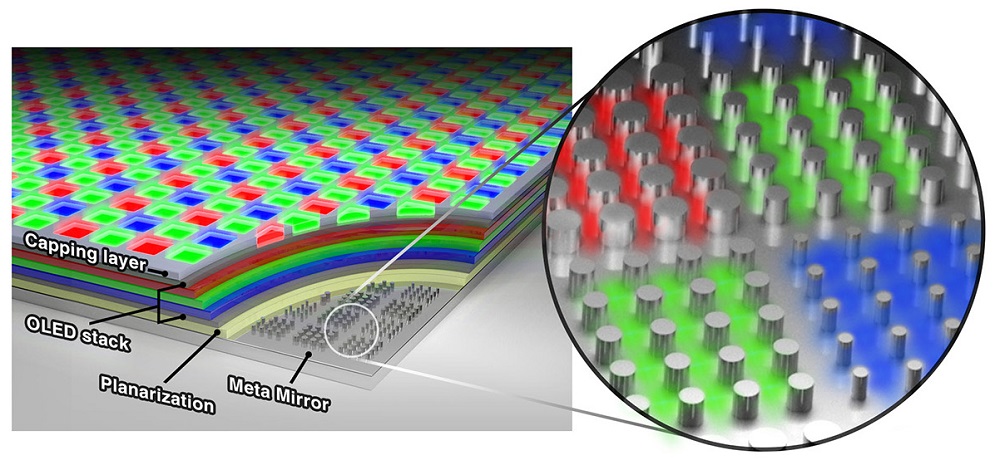
As you can tell, that's way more PPI compared to any existing VR headset on the market at the moment. This new type of OLED display borrows a concept from solar panels. It has a reflective layer known as an "optical metasurface", which takes advantage of how light can reflect on certain types of surfaces. In doing so, it allows certain colours to 'resonate' in the pixels. If you're curious about the technicalities behind it, there's an IEEE Spectrum article that goes into a bit more detail.
With that said, what do you think about VR technology? What's the biggest factor stopping you from buying a VR headset? Let us know in the comments below and stay tuned to TechNave.com for more news like this.





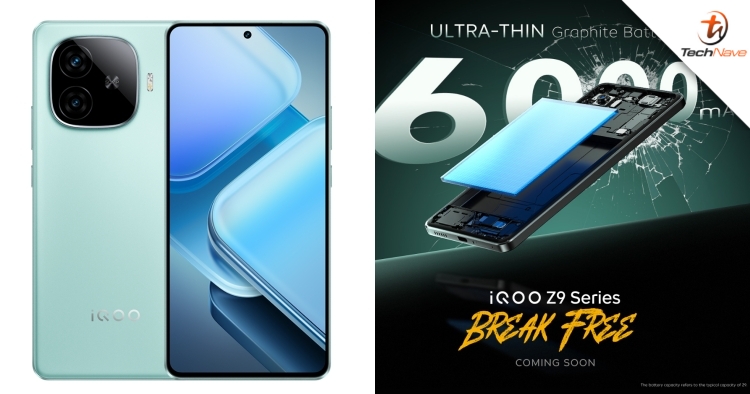
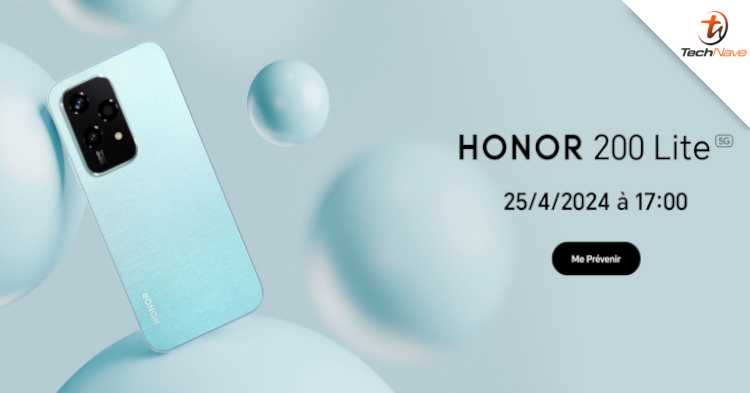
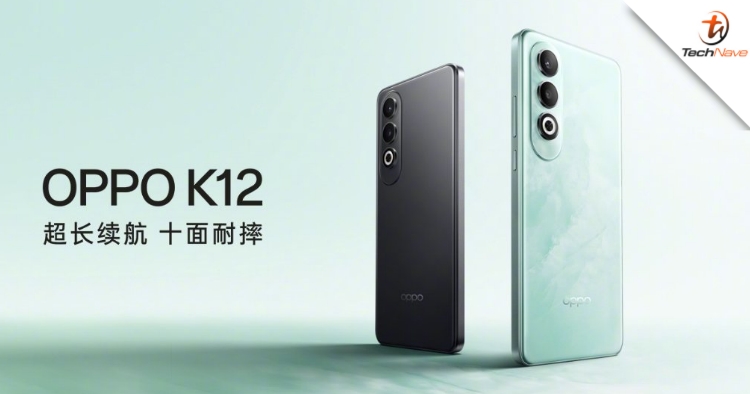

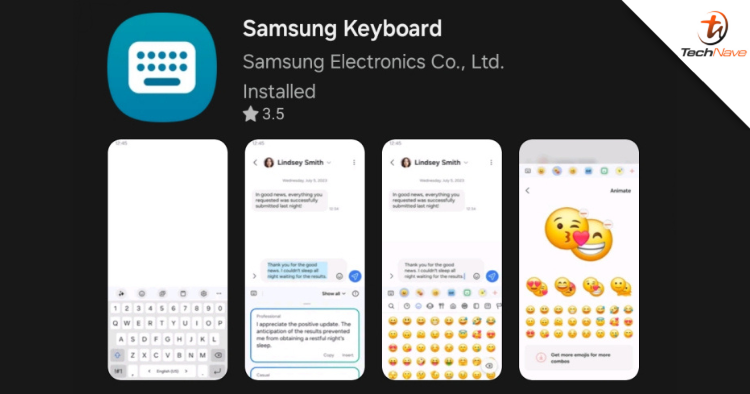





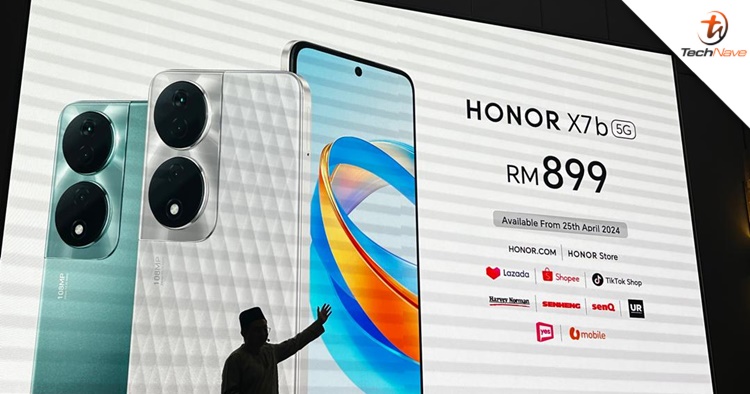
COMMENTS